In 2025, the typical home contains over 25 internet-connected devices—from voice assistants and video doorbells to baby monitors, smart fridges, and even coffee makers. While convenient, most of these devices are built with ease of use in mind—not strong security.
At Bison Security Co., we help families secure smart home devices with layered protections, content filtering, and practical cyber hygiene. These gadgets may seem harmless, but when left unsecured, they can create serious privacy and security risks that affect the entire household—from unauthorized surveillance and data leaks to full network breaches that compromise your family’s digital safety and peace of mind.
In this guide, we’ll walk you through simple, effective ways to secure smart home devices—so you can enjoy the convenience without sacrificing safety.
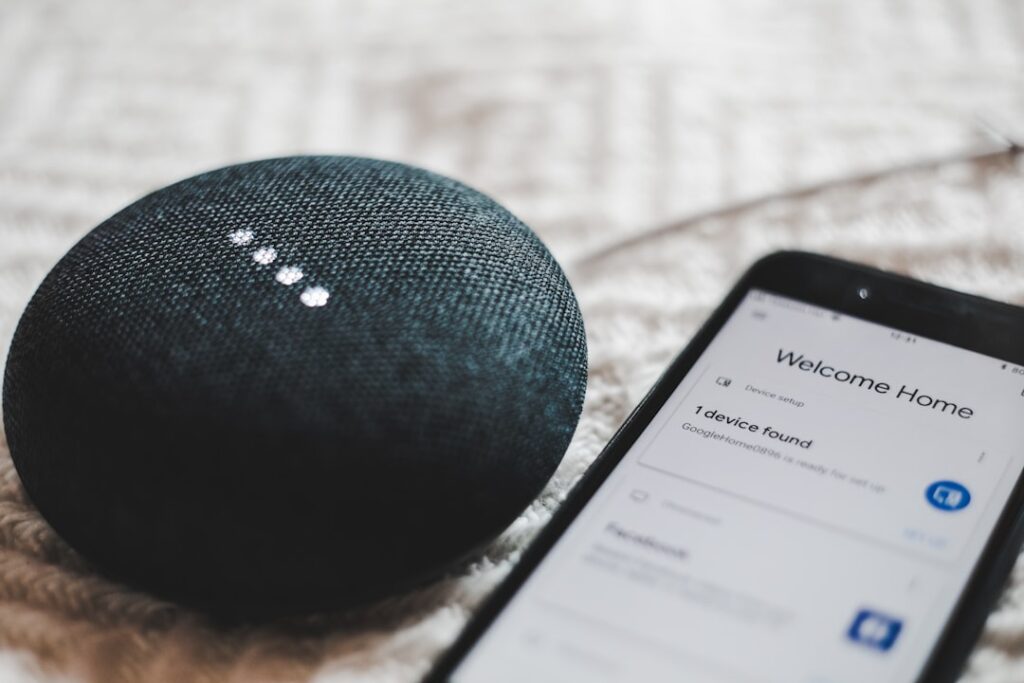
Table of Contents
- 0.1 1. Inventory Your Smart Devices
- 0.2 2. Change Default Passwords and Usernames
- 0.3 3. Update Firmware Regularly
- 0.4 4. Segment Your Home Network
- 0.5 5. Use a Content Filter Like Bison SafeFilter
- 0.6 6. Disable Unnecessary Features
- 0.7 7. Monitor for Suspicious Behavior
- 0.8 8. Disable Universal Plug and Play (UPnP)
- 0.9 9. Rename Your Wi-Fi Network (SSID)
- 0.10 10. Enable Router-Level Firewall and Logging
- 0.11 11. Regularly Review Manufacturer Privacy Policies
- 0.12 12. Assign Each Device a Static IP and Custom Name
- 0.13 Final Thoughts: Smart Homes Need Smart Security
- 1 Take Control of Your Digital Safety
1. Inventory Your Smart Devices
Before you can secure smart home devices, you need to know exactly what’s connected to your network. You’d be surprised how many “invisible” devices are quietly communicating in the background—posing potential risks without you even knowing they exist.
Do this now:
- Log in to your router’s admin dashboard or use a free network scanner app like Fing to view all devices currently connected to your home Wi-Fi.
- Make a list and group them by category, such as:
- Entertainment (smart TVs, streaming sticks, game consoles)
- Home automation (lights, thermostats, plugs)
- Security (cameras, doorbells, sensors)
- Appliances (fridges, coffee makers, ovens)
- Kids’ tech (tablets, smart toys, gaming PCs)
- Identify unknown or outdated devices—especially anything you don’t recognize or haven’t used in a while. These are often the weakest link and may lack basic security features or firmware updates. What to do with them:
- Rename unknown devices to something recognizable in your router settings—this helps track them in the future.
- Disconnect and reset anything unfamiliar. If you’re unsure of a device’s origin or purpose, it shouldn’t be trusted on your network.
- Replace outdated devices that no longer receive firmware updates. These are easy targets for attackers and may lack even basic security controls.
Regularly auditing your network is a critical first step to secure smart home devices. You can’t defend what you don’t see. This simple habit puts you back in control and gives you a clear starting point for building a safer digital home.
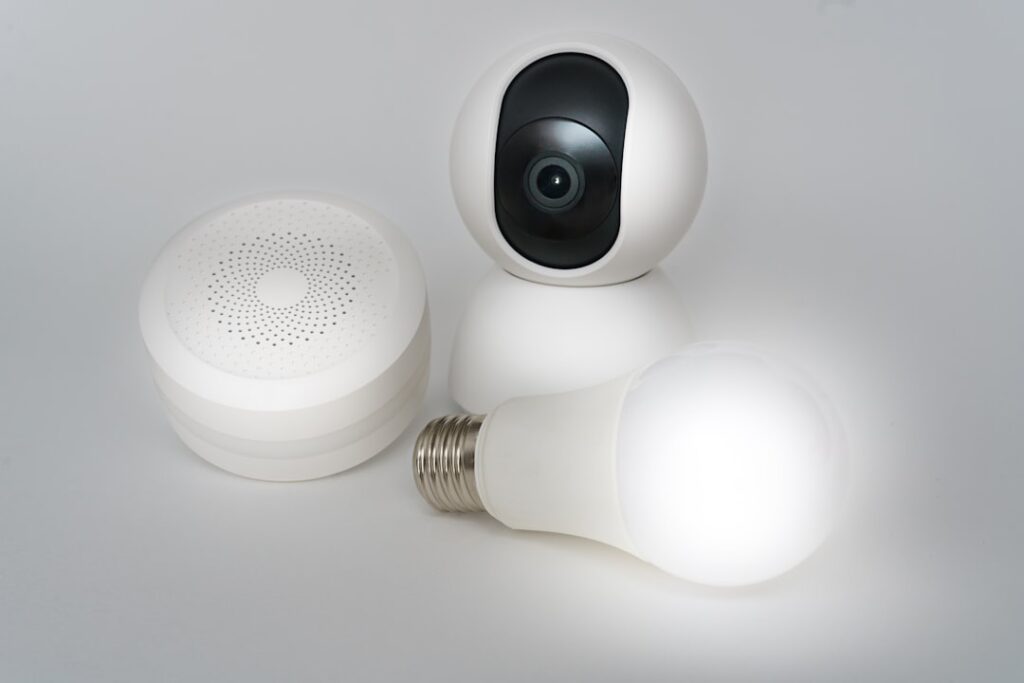
2. Change Default Passwords and Usernames
One of the simplest yet most critical steps to secure smart home devices is changing default usernames and passwords. Manufacturers often ship devices with generic, well-known credentials—making them an easy target for hackers scanning networks for vulnerabilities.
Leaving default credentials unchanged is like leaving your front door wide open with a welcome mat for cybercriminals. Many smart home device breaches occur because attackers exploit these factory-set usernames and passwords to gain unauthorized access, snoop on your family, or even launch attacks on your entire network.
What to do right now:
- Change all default usernames and passwords immediately on every connected device—smart TVs, security cameras, thermostats, baby monitors, smart plugs, and more.
- Use a password manager like Keeper to generate and securely store strong, unique passwords for each device. This avoids password reuse, which is a major risk factor.
- Regularly review and update passwords at least every 6-12 months to stay ahead of potential threats.
By prioritizing this step, you drastically reduce your household’s attack surface and significantly enhance your ability to secure smart home devices from unauthorized intrusion, spying, or control. It’s one of the most straightforward and effective ways to protect your family’s privacy and your home network’s integrity.
Don’t overlook this—default credentials are a hacker’s easiest entry point, so locking them down is non-negotiable for smart home security.

3. Update Firmware Regularly
Outdated firmware is one of the biggest vulnerabilities when it comes to secure smart home devices. Unpatched software acts like an open door for hackers, exposing your household to potential attacks, data leaks, and device takeovers.
Manufacturers release firmware updates not just to add features but to fix critical security flaws. Ignoring these updates leaves your devices vulnerable to known exploits that cybercriminals actively hunt for.
Pro tips to stay ahead:
- Regularly check for firmware updates through your device’s app or web interface—most smart devices don’t auto-update by default.
- Set calendar reminders to manually verify updates every 1 to 2 months to ensure you’re protected against the latest threats.
- If your smart device’s manufacturer has stopped providing updates or patches, it’s a red flag. Consider replacing outdated devices to maintain a secure home environment.
Consistently applying firmware updates is essential to secure smart home devices and safeguard your family’s privacy and safety from evolving cyber threats. Don’t let outdated software be the weak link in your home network’s defenses.
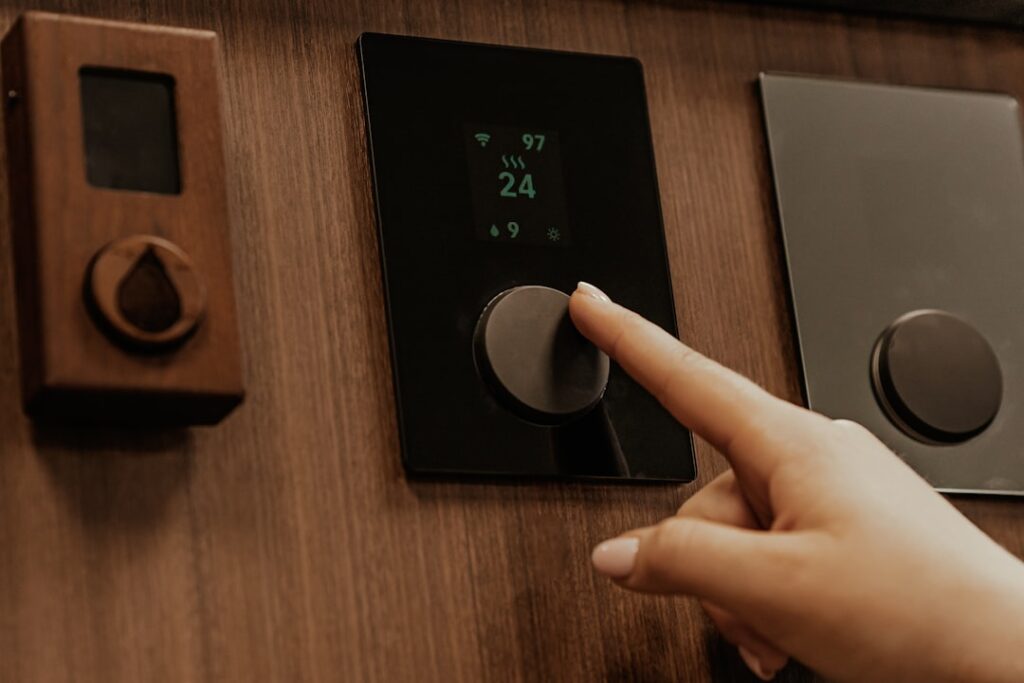
4. Segment Your Home Network
Not all devices are created equal—your smart toaster shouldn’t share the same network as your work laptop. Proper network segmentation is a powerful step to secure smart home devices while protecting your household’s sensitive data.
If a smart device like a camera or thermostat is compromised, network segmentation limits how far the attacker can go. It isolates IoT devices from your personal computers, smartphones, and work devices, reducing the risk of a full network breach that could affect your family’s privacy and business.
How to do it:
- Set up a guest Wi-Fi network dedicated solely to smart devices and Internet of Things (IoT) gadgets.
- Keep your primary Wi-Fi network reserved for your phones, laptops, and work-related tech.
- If your router supports advanced features, enable VLANs (Virtual Local Area Networks) or network segmentation to create distinct zones for different device types.
By thoughtfully segmenting your home network, you build a strong barrier to protect your household and help secure smart home devices from becoming an entry point for cyber threats.

5. Use a Content Filter Like Bison SafeFilter
Smart home devices are constantly communicating—often behind your back.
Many IoT devices “phone home” regularly, sending data to manufacturers, ad networks, or even unknown third parties. Some smart TVs and voice assistants have been found collecting voice recordings, browsing habits, or other sensitive information without clear consent. This creates serious privacy and security risks for your entire household.
Implementing a network-level content filter is one of the most effective ways to secure smart home devices and your home network. Bison SafeFilter blocks access to known malicious sites, ad trackers, malware domains, and suspicious servers right at the network gateway.
Because many smart devices don’t allow traditional antivirus or endpoint software, network-based filtering like Bison SafeFilter is essential. It safeguards every device connected to your home—whether it’s a smart fridge, camera, or baby monitor—helping prevent data leaks, unauthorized surveillance, and cyberattacks before they start.
By using Bison SafeFilter, you take proactive control over your home’s digital security and privacy, ensuring your smart home devices stay secure and your family’s information stays private.
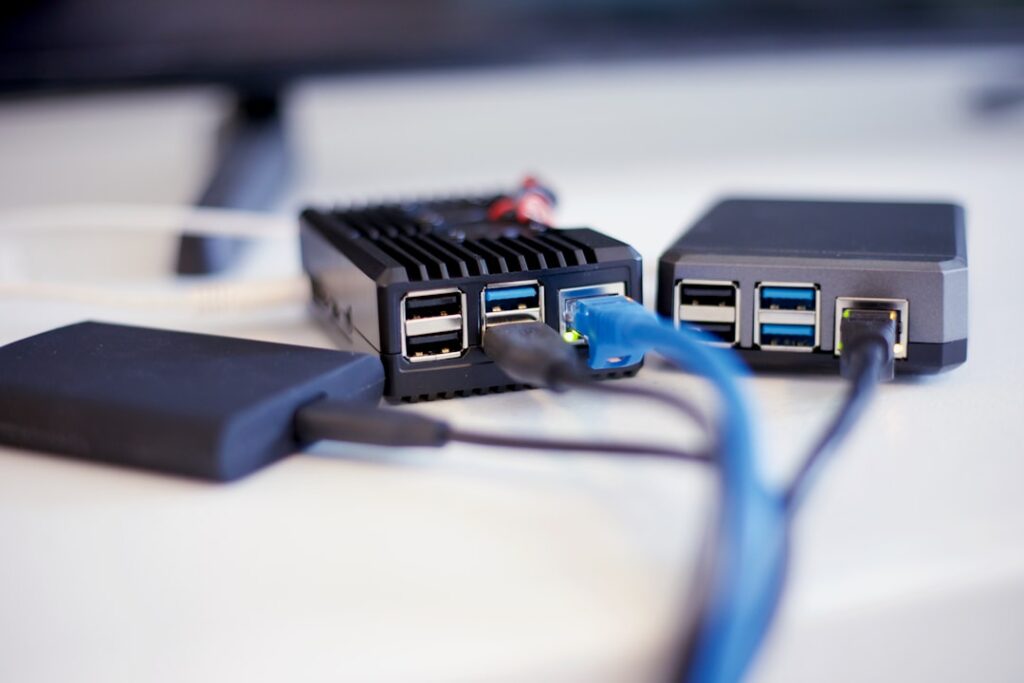
6. Disable Unnecessary Features
When it comes to secure smart home devices, minimizing your attack surface is key. If you’re not actively using a feature, turn it off to reduce potential vulnerabilities and protect your family’s privacy.
Common features to disable:
- Remote access: Unless you absolutely need to control your device from outside the home network, turn off remote management to prevent hackers from exploiting open ports.
- Microphones and voice activation: Especially important on kids’ toys, cameras, or smart speakers—disable listening features if they aren’t essential. Voice data can be captured and misused.
- Bluetooth and geolocation tracking: Turn these off when not needed to prevent unauthorized proximity tracking or data leaks.
- Cloud backups for video footage: Only enable this if the service uses strong encryption and robust access controls; otherwise, it’s safer to store footage locally or offline.
Reducing the active features on your devices is a simple yet powerful way to secure smart home devices and lower the risk of surveillance, data leaks, or hacking attempts impacting your household.
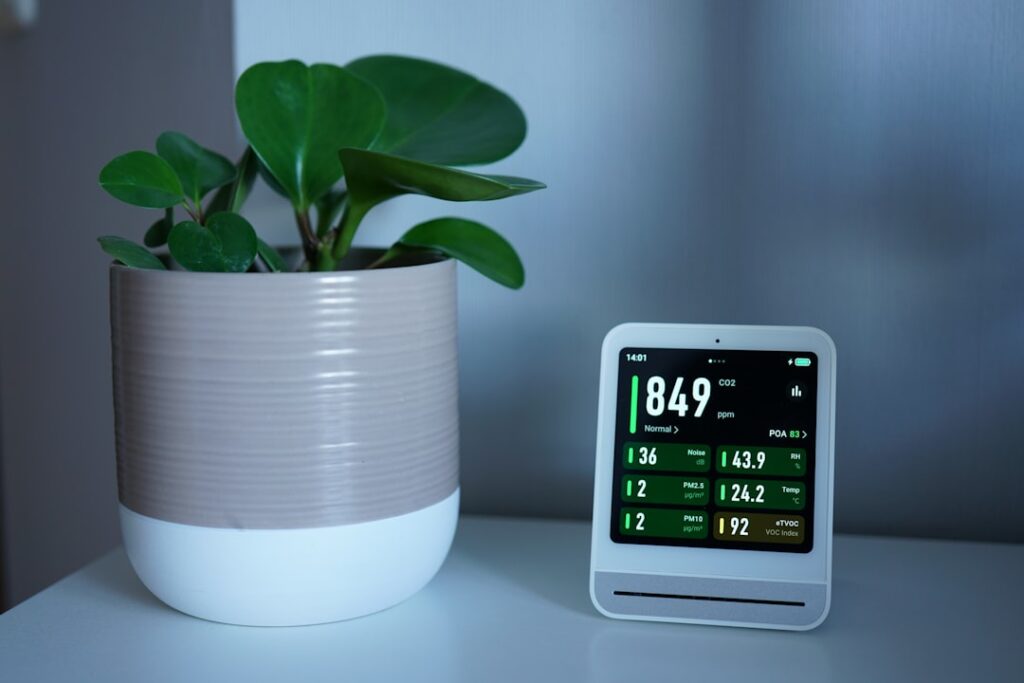
7. Monitor for Suspicious Behavior
To truly secure smart home devices, vigilance is crucial. Your smart devices should only communicate with trusted servers—not suspicious locations overseas or unknown IP addresses. Unusual network activity can be an early warning sign of compromise or spying.
How to monitor your smart home:
- Use Bison SafeFilter logs to review all outbound DNS requests and spot connections to malicious or unexpected domains.
- Install network monitoring tools like GlassWire or Little Snitch on your laptops to detect abnormal traffic patterns or data exfiltration attempts.
- Enable alerts on your router for new device connections or unusual bandwidth spikes to quickly identify unauthorized devices joining your network.
Early detection of suspicious behavior is one of the best ways to secure smart home devices and protect your entire household from privacy breaches or cyberattacks.

8. Disable Universal Plug and Play (UPnP)
Universal Plug and Play (UPnP) is designed to make networking easier by allowing devices to automatically open ports on your router. However, this convenience comes at a serious cost to your security. UPnP can be exploited by malware or hackers to bypass your firewall, gaining unauthorized access to your network and smart devices.
How to protect your home and secure smart home devices:
- Log into your router’s admin dashboard.
- Locate the UPnP setting and disable it.
- Instead of relying on UPnP, configure port forwarding manually and only when absolutely necessary.
Disabling UPnP significantly reduces your network’s attack surface and is a critical step in securing smart home devices against outside threats.
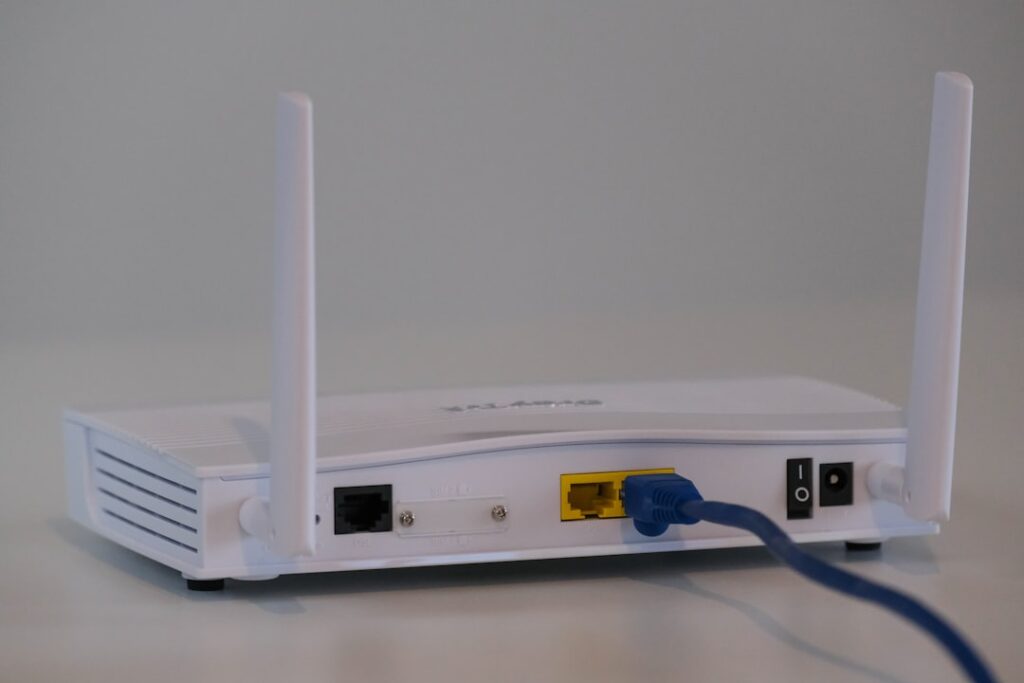
9. Rename Your Wi-Fi Network (SSID)
Your Wi-Fi network name (SSID) is often the first thing hackers see—it can reveal your router brand or even your location, making your home an easier target. To help secure smart home devices and protect your entire network, take control of this important detail.
Steps to improve your Wi-Fi security:
- Change your SSID from the default factory name (e.g., “Linksys123” or “Netgear456”) to something generic and non-identifiable. Avoid using your name, address, or other personal info.
- For an extra layer of stealth, disable SSID broadcasting so your network won’t be visible to casual scanners—just be sure you remember the name to connect your devices.
By renaming your Wi-Fi network and removing identifiable info, you reduce the chance attackers can target your router or smart devices based on your network’s default footprint.

10. Enable Router-Level Firewall and Logging
Your router is the critical first line of defense in your home network—but it only protects you if it’s properly configured. To truly secure smart home devices and safeguard your entire digital ecosystem, you need to leverage your router’s built-in firewall and monitoring features.
Here’s how to boost your router’s security:
- Ensure your router’s firewall is enabled to block unauthorized inbound and outbound traffic.
- Regularly review your router’s connection logs for unusual activity, such as unexpected spikes in outbound traffic or connections to unknown IP addresses.
- Consider routers with advanced features like custom DNS support and real-time network monitoring—models like Flint, Ubiquiti, or AsusWRT-Merlin are great options for proactive security.
For Bison SafeFilter users, we assist with configuring router-level firewalls and logging during setup to create a robust, proactive digital barrier that helps secure smart home devices and your entire household network from threats.

11. Regularly Review Manufacturer Privacy Policies
Securing smart home devices means staying informed—not just about tech, but also about how your data is handled. Smart home brands frequently update their privacy policies, often expanding the ways they collect, share, or monetize your information. Ignoring these updates can expose your household to unexpected privacy risks.
What you should do:
- Whenever you receive a privacy policy update, skim for key phrases like “data sharing,” “third parties,” “advertising partners,” or “analytics.”
- Assess whether these practices align with your privacy comfort level.
- If you find policies that concern you, disable features linked to aggressive data collection whenever possible.
- Consider swapping out devices from brands with poor privacy reputations for more security-focused alternatives, such as Eufy instead of Ring, or Home Assistant instead of Google Home.
By actively monitoring privacy policies, you take an essential step toward secure smart home devices and protecting your family’s digital privacy.

12. Assign Each Device a Static IP and Custom Name
While it might sound technical, giving each device a static IP address and a clear, custom name is a simple step that greatly improves your ability to secure smart home devices.
Why it’s important:
- Static IPs prevent your devices from changing addresses, making it easier to track and manage them consistently on your network.
- Custom device names like “LivingRoomCam” or “KidsTablet” help you quickly identify which device is which when monitoring activity or troubleshooting issues.
- When used with Bison SafeFilter, this organization allows for precise filtering and blocking by device name instead of guessing from random IP addresses.
This practice enhances your network visibility and control—key factors in a strong smart home security setup.
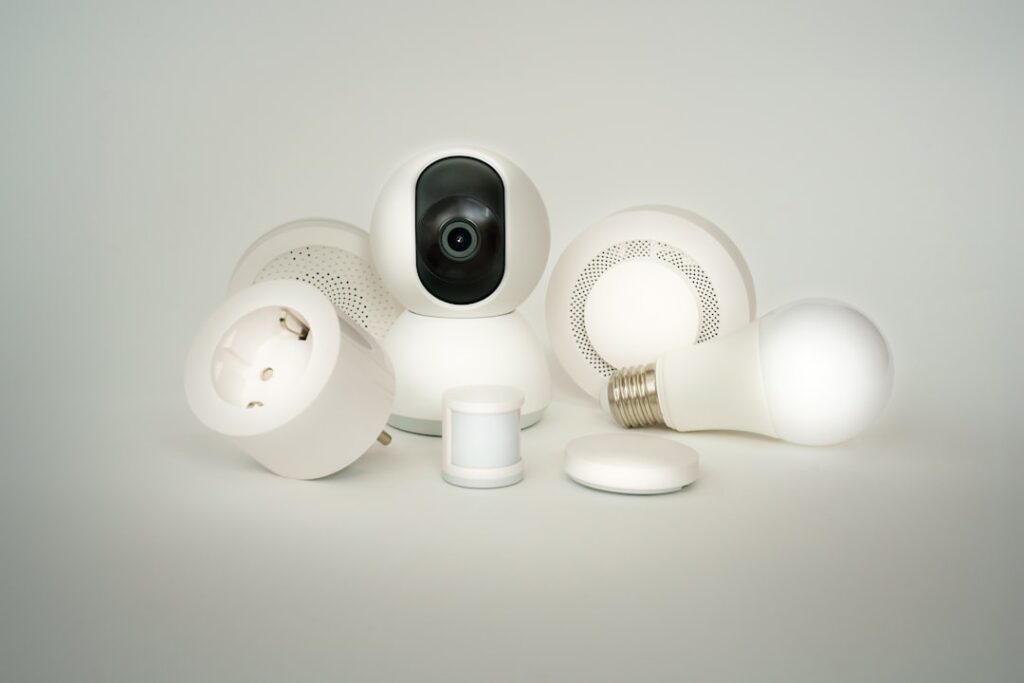
Final Thoughts: Smart Homes Need Smart Security
You don’t need to be a cybersecurity expert to secure smart home devices—you just need a clear, practical plan.
By combining strong passwords, regular firmware updates, network segmentation, and advanced tools like Bison SafeFilter, you can dramatically reduce your home’s digital risks while keeping everything running smoothly and efficiently.
Want a Smarter, Safer Home?
Bison Security Co. offers home-friendly services designed to help you secure smart home devices and:
- Harden your smart home setup
- Deploy Bison SafeFilter quickly and easily
- Filter devices by category (kids, cameras, unknown devices)
- Provide ongoing monitoring for peace of mind
Schedule your free consultation today and let’s lock down your smart home the right way.

Take Control of Your Digital Safety
At Bison Security Co., we believe strong cybersecurity starts at home—and grows with you. Whether you’re a parent, professional, or small business owner, we’ve got your back with the tools and support you need to stay safe in a connected world.
Here’s How to Get Started:
- Schedule your FREE Home Cybersecurity Audit — 30-minutes, no strings attached.
- Take Our Cyber Hygiene Quiz— Learn where your family or business stands and what to do next.
- Explore Our Cybersecurity Services — From identity protection to digital wellness plans, we make security simple and strong.
- Subscribe for Weekly Tips — Stay ahead of threats with expert advice, family-friendly checklists, and early alerts.
Security That Stands Its Ground.
